Nothing is guaranteed in baseball. The offseason is about winning the winter; the regular season (and postseason) is about winning the real prize. But by diligently minding every important date on the calendar, the Yankees will work to give themselves the best possible chance of success. General Manager Brian Cashman’s maneuvering from the moment the World Series ends at the end of the month, up through those final roster cuts in March will reflect a coherent vision: to build a Yankees team that can end the second longest championship drought in New York Yankees history.
The Major League Baseball (MLB) Offseason Begins
The MLB offseason officially commences once the final out of the World Series is recorded in late October. While the Yankees were eliminated from the postseason on October 8 in the American League Division Series by the Toronto Blue Jays, the end of the World Series is significant: it triggers the immediate free agency of eligible players. The day after the World Series, any Yankees player with an expiring contract is officially a free agent (Trent Grisham, Luke Weaver, Devin Williams, Paul Goldschmidt, Ryan Yarbrough, etc.). Up until this point, those players were in a holding period where the Yankees had exclusive negotiating rights. Now, they are free to talk to all 30 teams.
Likewise, the trade market reopens the day after the World Series (There is a trade moratorium in place from the Trade Deadline through the end of the postseason). This means Yankees Cashman can once again make deals to reshape the roster. In practical terms, blockbuster trades rarely occur in the first few days after the World Series as most GMs are still meeting with their staff and gathering information. However, groundwork is being laid. The Yankees might start exploring trades to clear 40-man roster spots or to address upcoming logjams (for instance, if they know they can’t protect all their prospects from the Rule 5 Draft, they might package a couple in a deal now rather than risk losing them for nothing).
New York’s front office likely held internal meetings shortly after their playoff run ended, identifying offseason priorities. By late October, those priorities are crystallized into an action plan, just in time for the early-November frenzy of option decisions and free agency.
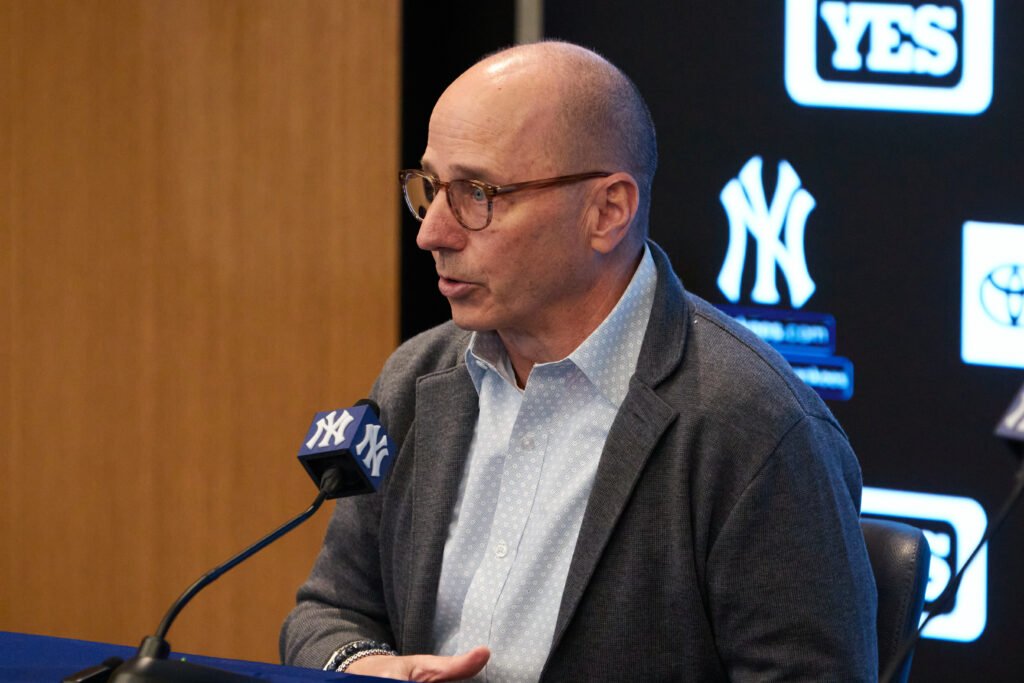
Option Decisions & Free Agency Begins
Five days after the World Series is the first critical offseason deadline for all teams. As noted, this is the cutoff for exercising or declining contract options, and it coincides with the opening of free agency across MLB. For the Yankees, this early November period brings big decisions on a few players:
Cody Bellinger has one year left on a 3-year, $80M deal (2026 would be $25M), but, was provided with a player option after year two. Given his excellent 2025 (a .288 average with near-30 HR power and Gold Glove-caliber defense, etc), Bellinger reportedly will exercise his opt out clause and hit free agency. From the Yankees’ perspective, losing Bellinger, just like Juan Soto, just after one season would be a huge blow, however, this opt-out was known when he was acquired.
Tim Hill’s $3M option for 2026 is a bargain given his performance. The 35-year-old lefty was acquired from San Diego in mid-2024 and has been nothing short of stellar since (inducing grounders and posting a career-best 3.09 ERA in 70 games in 2025). The Yankees should exercise Hill’s option without much hesitation, retaining a veteran bullpen piece for a modest cost.
Jonathan Loáisiga has flashed elite talent in the past (2.17 ERA in 2021), but his career has been plagued by injuries. He had elbow surgery in 2023 and then a right flexor strain ended his 2025 season early. Over 2023–25 combined, Loáisiga managed only about 50 innings. Paying $5M in 2026, with that injury history, is probably not something the Yankees feel comfortable with. All signs point to the Yankees declining Loáisiga’s option, making the 30-year-old righty a free agent. (It’s possible the Yankees could look to re-sign him on a lower base salary with incentives, a strategy teams use when declining a pricy option but still valuing the player. However, Loáisiga may seek a fresh start elsewhere or a multi-year deal if one is offered.)
These option calls have to be conveyed by early November. On the same day, free agency officially opens at 5:00 PM ET. At that point, Bellinger (assuming he opts out) and all other free agents can negotiate and sign with any team. Typically, the Yankees don’t make their biggest signing on Day 1 of free agency, but they will be in contact with agents right away. Their first order of business is often touching base with their own free agents: for example, they might have an early conversation with Bellinger’s camp about what it would take to bring him back, or with Trent Grisham’s reps if they are interested in a reunion at a reasonable price.
It’s also worth noting that around this time, the General Manager Meetings take place (usually the second week of November, shortly after free agency opens). The GM Meetings are much more low-key than the Winter Meetings, but they often generate the first trickle of rumors. In 2025’s context, by the GM Meetings we might similarly hear from Cashman about the team’s QO plans (“Yes, we gave one to Belli” or “We’re still deciding on Grisham”). The GM Meetings could also be where Cashman lays the groundwork for future trades.
In summary, the first week of November sets the offseason in motion: options are settled, free agency begins, and the Yankees’ intentions start to become clear. By the end of that week, we know who from the 2025 squad is definitely gone.
Qualifying Offers, Roster Shuffle & Prospect Protection
As the calendar advances to mid-November, two major deadlines collide: the Qualifying Offer decision deadline and the 40-man roster (Rule 5 protection) deadline.
Qualifying Offer outcomes: By November 18, any free agent who was tendered a qualifying offer must have made his choice to accept or decline. The Yankees’ biggest question mark here would be Trent Grisham. Let’s walk through the scenarios.
If the Yankees extend a QO to Grisham, this is the day they learn his answer. Given Grisham’s unique situation (a breakout year after several subpar seasons), some insiders believed he might actually accept the one-year, ~$22M deal for 2026. Accepting would allow him to prove 2025 wasn’t a fluke and re-enter free agency next year without draft-pick attachment. From the Yankees’ perspective, a Grisham acceptance would secure them a powerful left-handed outfielder for one more season. It would also add a significant salary to the books, but the Yankees can absorb a one-year hit if they value the player. If Grisham declines the QO, the Yankees would then be in line to receive a compensatory draft pick in 2026 if he signs elsewhere, likely after Competitive Balance Round B (since the Yankees exceeded the luxury tax in 2025, their comp pick for a lost QO free agent would fall after the 4th round). Not a huge pick, but something. Many in the industry suspect the Yankees are slightly leaning against offering Grisham the QO to begin with, precisely to avoid this awkward scenario of a possible acceptance. If they chose not to QO him at all, Grisham’s fate would be settled earlier (he’d just hit the market as a regular FA). By Nov 18, we know for sure: either Grisham is locked in as a Yankee for 2026 or he’s officially a free agent.
Aside from Bellinger who will 100% be tenured a QO, and potentially Grisham, the Yankees will not extend a qualifying offer to other players. For example, Luke Weaver, Devin Williams and Paul Goldschmidt are not QO-caliber.
So Nov 18 deadline for QO’s mostly will only bring clarity on Grisham. The Yankees’ front office strategy diverges depending on that outcome: If by some chance Grisham accepts, the urgency to find an outfield bat in free agency lessens slightly (they’d have Aaron Judge, Grisham, Jasson Domínguez and Spencer Jones). If he declined or wasn’t offered, the Yankees know they absolutely need outfield help, pushing them more aggressively toward pursuits like Kyle Tucker or Bellinger.
Equally important on Nov 18 is the deadline to finalize the Yankees’ 40-man roster for the offseason. This is all about protecting prospects and managing the roster spots. By the end of the day, the Yankees’ 40-man roster is set heading into the winter meetings. The roster now will include certain fresh faces (the newly protected kids) and has subtracted some others. The Yankees will now know exactly how many open spots they have on the 40-man for potential signings. If they protected, say, four prospects and removed three players, they might have net -1 spot, meaning they need to clear another spot via trade or non-tender by Nov 21 (hence the sequencing around the tender deadline). Often teams anticipate this and do the math accordingly.
In summary, mid-November will solidify which free agents the Yankees would definitely be without and which prospects they would carry with them into 2026 (Jones & co.). With the roster juggled, the Yankees next turned to final contract decisions (the non-tender deadline) and then full steam ahead into the hot stove market.
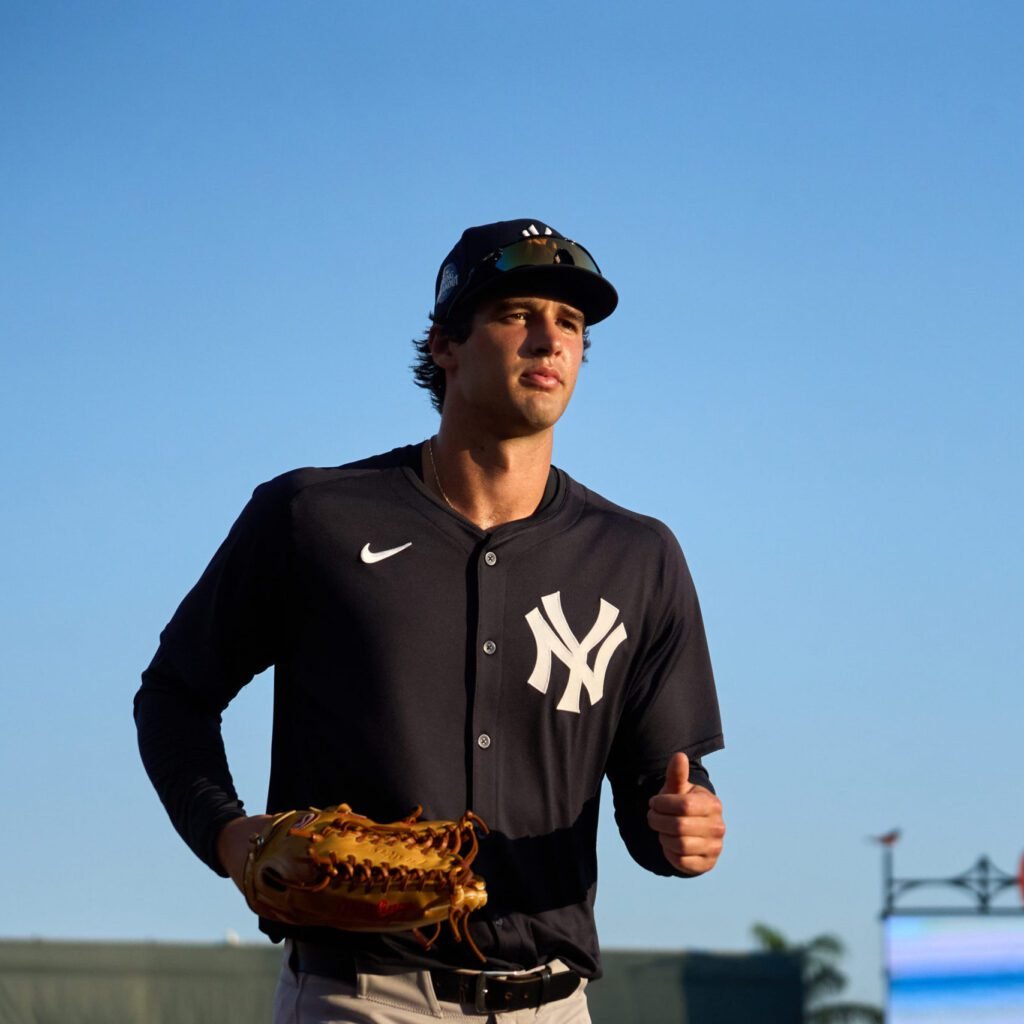
Non-Tender Decisions
By November 21, the Yankees face the non-tender deadline, which is essentially the last housekeeping task before the full-on free agency frenzy of December. By this date, the Yankees have to offer (tender) contracts to all remaining unsigned players under team control. For the Yankees, this is pretty straightforward, as they should be tendering contracts to all key arbitration-eligible players as expected.
The Yankees do not have many obvious non-tender candidates. In short, the Yankees’ non-tender news should be minimal and expected. The headline across MLB on Nov 21 expects to be more about other teams’ big non-tenders. Per usual, they will keep everyone minus a marginal arm or two, to ensure that going into December, the Yankees’ 40-man roster was populated only by players they intend to carry into spring or, importantly, by players they could use as trade chips.
When the non-tender deadline passes, the Yankees know exactly who is under contract (or at least reserved) for 2026. They likely will have reached a couple one-year deals with some players right at the tender deadline to avoid future arbitration. Now the page turns to December, where the high-profile action really picks up. With the Yankees having handled their internal bookkeeping they can fully immerse themselves in the free agent and trade market to address the remaining needs.
The Winter Meetings
The 2025 MLB Winter Meetings are set December 7-10 in Orlando, FL. This is where the offseason moves from simmer to full boil. Owners, front office staff, coaches, players, agents and industry job seekers all descend on the Swan and Dolphin hotel at Disney World, and the rumor mill goes crazy. MLB’s First-Year Player Draft Lottery will take place and conclude with the Rule 5 Draft, an annual MLB draft held each December at the end of the Winter Meetings. The intent of it is to prevent teams from stockpiling too many minor league prospects when other clubs would give them a shot in the majors. Players who have spent four or five years in the minors (depending on their age when they signed) without being added to a 40-man roster become eligible for selection by other teams in the Rule 5 Draft. There are two phases, a Major League and Minor League. If another team selects such a player during the MLB phase, the draftee must stay on the new team’s active MLB roster for the entire next season or be offered back to his original club for a minimal dollar cost. After the Winter Meetings, the pace of transactions can slow as the holidays approach.
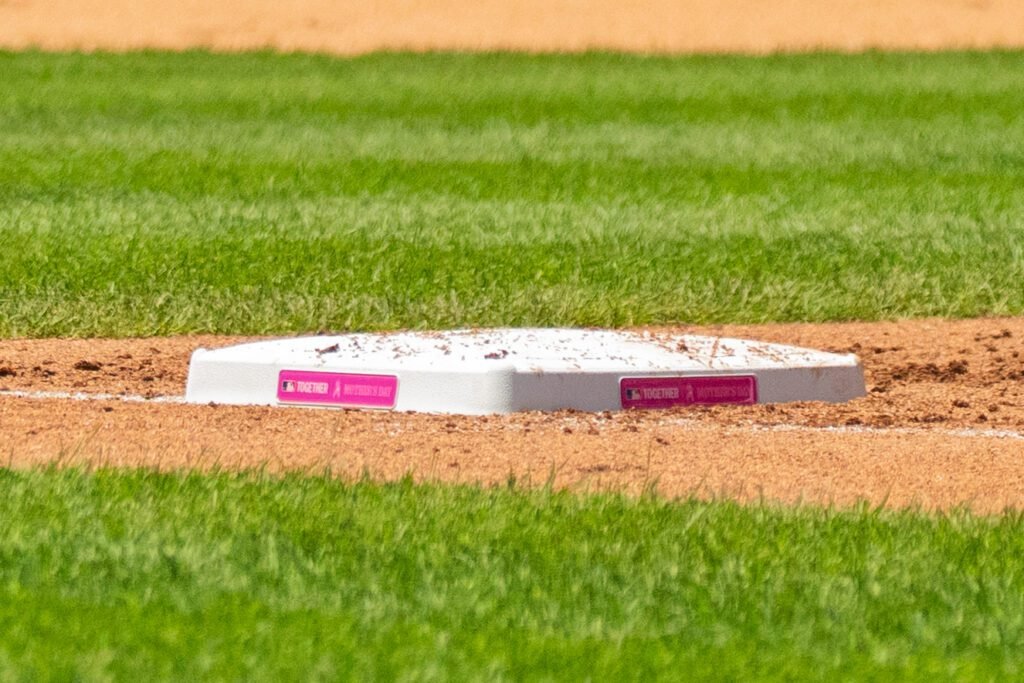
International Free Agency (IFA)
On January 15, 2026, MLB clubs become eligible to officially sign eligible (players turning 16 by September 1, 2026, or older) international amateur free agents (that live outside of the United States, Puerto Rico and Canada) through December 15. The Yankees must operate within their allotted bonus-pool amount for that period, which is determined in the same way as other clubs (market size, revenue, etc.). Because the system imposes a hard cap and enables international bonus-pool money trades (but limits how much a team can increase via trade), the Yankees must plan their IFA strategy carefully such as deciding whether to commit a large portion of their pool to one high-end prospect or spread it across multiple smaller bonuses.
Final Touches to First Pitch
Pitchers and catchers will report to Spring Straining in Tampa, FL in mid-February with the team’s roster largely set. Through January, the Yankees systematically will settle contracts with their arbitration players, finalizing what their Opening Day payroll should be. At long last, the offseason journey culminates under the lights at Oracle Park on March 25, 2026 with the Yankees facing the Giants in a groundbreaking streaming telecast on Netflix to kick off the MLB season. This Opening Night also marks the earliest Opening Day in the United States ever! The Yankees will have navigated every deadline and opportunity to craft a roster built to contend. Now, the real test on the field will begin.
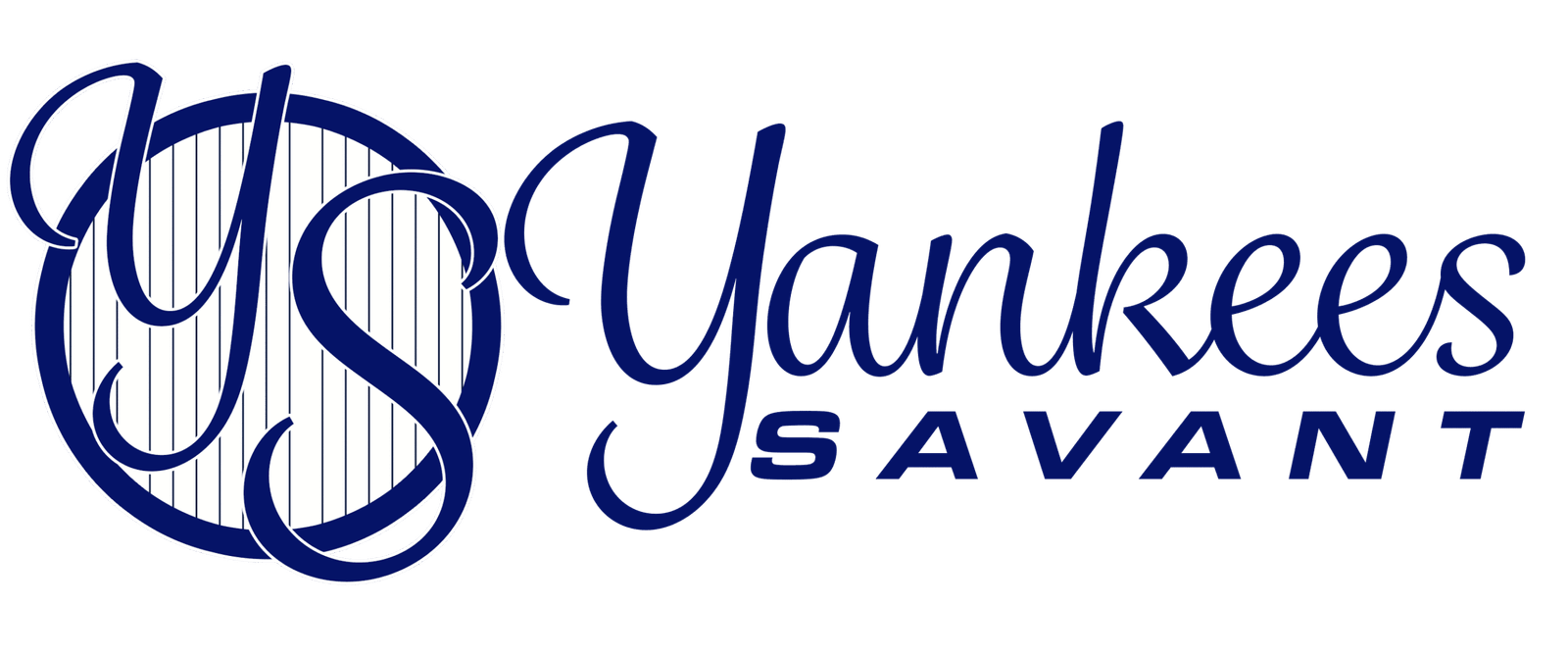
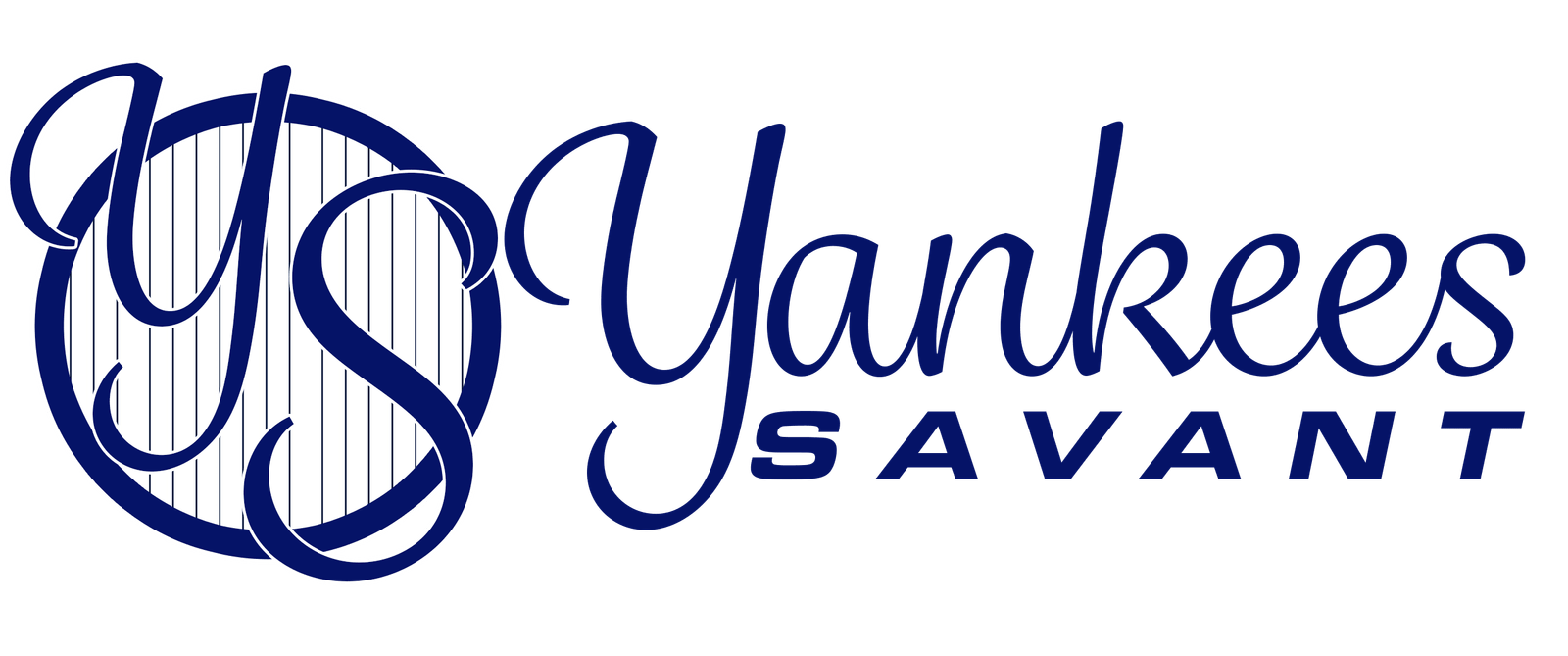
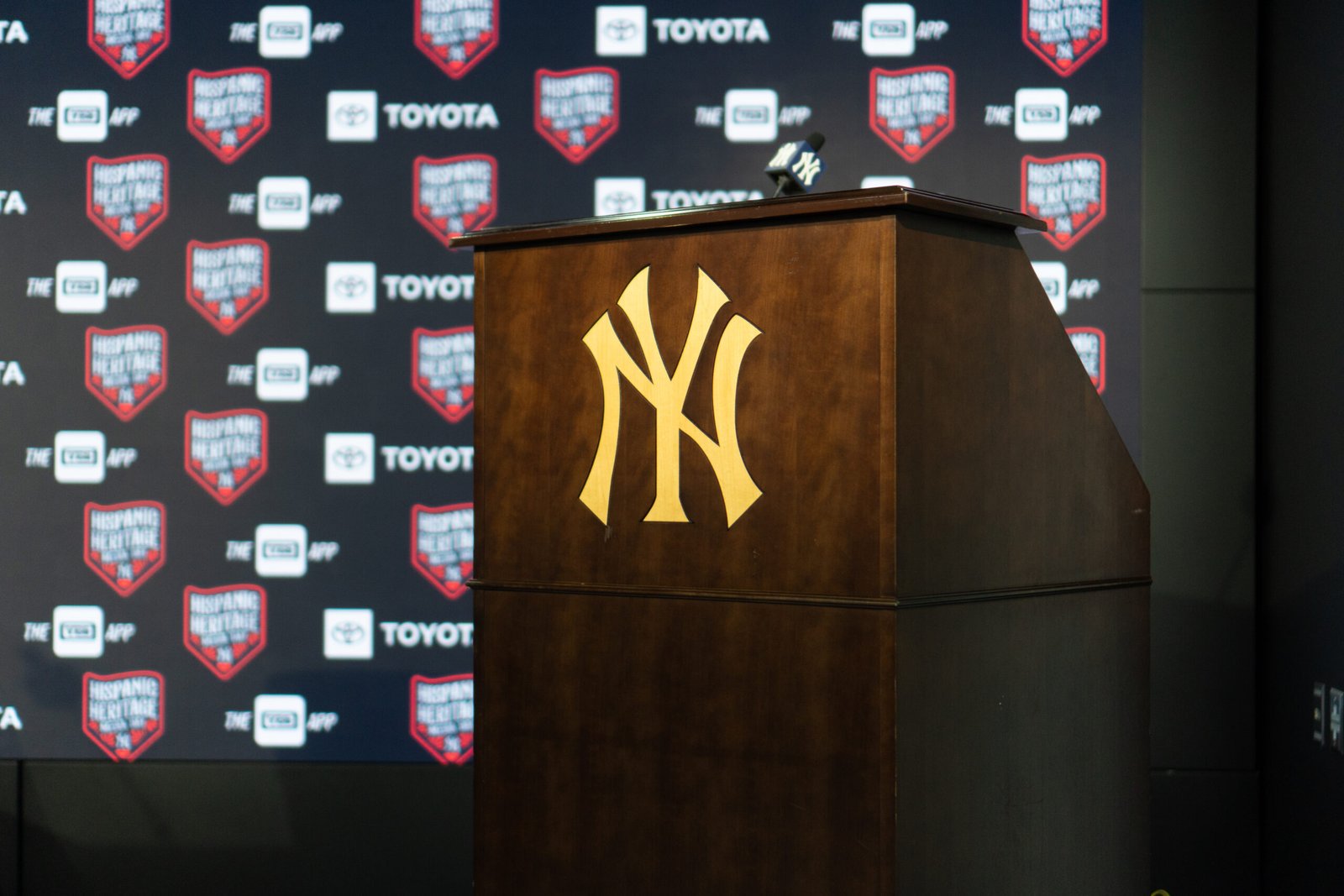
No responses yet